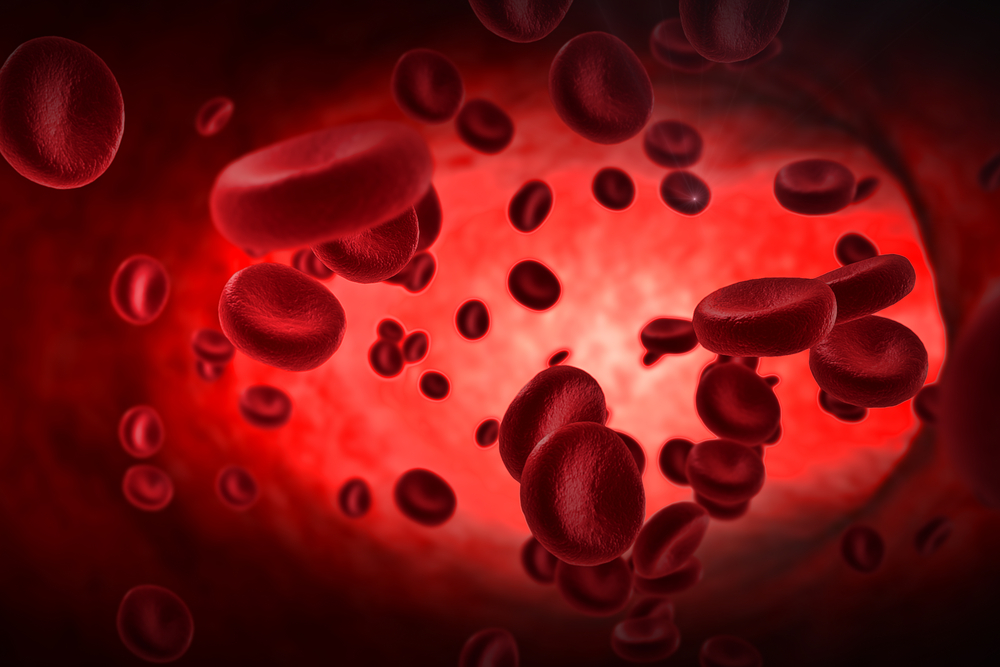New Technology May Allow for Better Monitoring of Sickle Cell Disease
Written by |

A new way to monitor blood cells that doesn’t require microscopic imaging or biochemical markers may allow for better management of sickle cell disease, a study suggests.
The study, “Electrical Impedance Characterization of Erythrocyte Response to Cyclic Hypoxia in Sickle Cell Disease,” was published in the journal ACS Sensors.
In sickle cell disease, red blood cells become misshapen, taking on the crescent structure that gives the disease its name. This occurs most often when there are low amounts of oxygen, and it can hinder these cells’ ability to move through blood vessels; they can stick together and clump, causing problems including pain, organ damage, and stroke.
Sickle cell disease is usually monitored by taking a blood sample and looking at the cells under a microscope. However, this method has several notable disadvantages: It’s time-consuming, delaying the capture of important changes that may lead to permanent cell damage, and further, these changes can’t be monitored in real time.
The new monitoring technology hopes to address some of these problems by using a microfluidics-based electrical impedance sensor.
The technology itself is relatively complex, but conceptually, it involves having cells move through tiny channels. The cells are monitored via changes in electric currents (because cells themselves have certain conductive properties). This allows a quantitative (number-based) assessment of just how the cells are moving and sickling.
Importantly, this system can measure these attributes in real time. So, for example, researchers could vary the oxygen levels in a sample of cells and observe how the cells change in response — mimicking what might be happening in a patient.
“The combination of electrical impedance measurement and on-chip hypoxia control provides a promising method for rapid assessment of the dynamic processes of cell sickling and unsickling in patients with sickle cell disease,” Sarah E. Du, PhD, an assistant professor at Florida Atlantic University and co-author of the study, said in a press release.
“In addition, electrical impedance measurement is naturally quantitative, real-time, and offers a convenience in direct or indirect contact with the samples of interest, allowing integrations to microfluidics platform and optical microscopy,” she said.
In the study, the researchers used conventional microscopy to validate the new test. They also demonstrated correlations with blood levels of sickle hemoglobin and fetal hemoglobin, providing a proof-of-concept for the clinical utility of the test.
The researchers hope that, as this technology continues to be optimized and refined, it may lead to better assessment of disease severity, and perhaps even help guide treatment, for people living with sickle cell disease.
“As we move our technology forward, it is our hope to provide patients with sickle cell disease with a portable, standalone sensor that will enable them to conveniently self-monitor the hematological parameters of their disease and evaluate their risk of vaso-occlusion,” Du said.
“Professor Du’s cutting-edge research has the potential to provide patients with sickle cell disease worldwide with the same convenience and reliability of monitoring their disease as patients with diabetes who use glucose monitors,” added Stella Batalama, PhD, dean of the College of Engineering and Computer Science at Florida Atlantic University.




